The Gait pattern is a complex sequence of movements that depends on many factors. Changes can have a significant impact on mobility and quality of life.
What is the gait pattern?

The term gait is the name given to the visual impression that a person gains when observing the movement of someone else's walking. Not only the cyclical leg movements flow into the perception, but also the dynamic and static elements in other areas of the body.
Since this is an everyday sequence of movements, everyone has a kind of normal gait pattern in their head with which they compare their observations. Deviations are classified as gait changes. The criteria that are used in the comparison cannot be objectified, they are only based on empirical values.
A normal gait is characterized by flowing, rhythmic and well-coordinated movements of the legs and arms with the trunk and head upright.
The professional observation of walking, called gait analysis, uses certain parameters for assessment. For some of these criteria there are standard values with which the observed can be compared, but they do not provide any objective measured values, but only possibilities for orientation. These are characteristics such as stride length, track width, step frequency, gait speed and gait rhythm.
Function & task
Walking in all its variations is an essential movement process that ensures the mobility of a person and thus also a large part of their activities and participation in social life. The gait pattern is the individual expression for the design of this process.
Basically the whole body is involved in the sequence of movements, either dynamically or statically. The leg movements form the basis for the actual locomotion, as the right and left extremities accomplish the propulsion of the body in alternating cycles. A gait cycle of a leg includes a stance phase and a swing leg phase. The execution differs from person to person and depends on both physical conditions and exercise habits. As a rule, the movement amplitudes used are of the same size and the entire sequence of movements is rhythmic, which means that the gait cycles are approximately the same length when compared to each other.
The stride length can vary and deviate from the standard value (1.5 - 2 foot lengths), depending on the leverage. People with legs that are relatively long compared to their upper body tend to take large steps, while reverse length ratios lead to small steps. The track width and the position of the feet are very much dependent on the position of the hip joints and the shape of the leg axis.
The pelvis accompanies the swinging leg movement with a forward rotation, taking the lumbar spine with it a little. The abductors ensure that the half of the pelvis, which is floating in the air, remains horizontal and does not tip over.
The arms swing in the opposite direction to the lifting of the legs, whereby the movement impulse comes from the shoulders and the elbows, but the movement amplitude is usually relatively small. The shoulder girdle and the adjacent thoracic spine rotate in unison with the arm movements. Otherwise the upper body is stabilized in the upright position, with only minor lateral deviations.
Normally, the entire gait pattern is a well-coordinated interaction of all associated components. The free movements of the legs and arms are purposeful and as direct as possible.All stabilizing elements are possible without difficulty and without great muscular effort and there are no irritations.
You can find your medication here
➔ Medicines for balance disorders and dizzinessIllnesses & ailments
Changes in gait pattern can have various causes. Local diseases or injuries to the legs impair the functions of the lower extremities or the pelvis. The wear and tear of the articular cartilage in hip osteoarthritis is often compensated for with a typical evasive pattern, which becomes visible when the upper body is tilted to the side in the standing leg phase. The result is a waddling gait pattern.
As this disease progresses, the affected leg is spared more and more and the muscles break down. This affects the muscles very early on, which hold the pelvis in a horizontal position when walking. Due to the insufficiency of the abductors, it sinks on the swing leg side, causing the so-called Trendelenburg limp.
Unilateral movement restrictions in the hip or knee joints change the gait rhythm by either shortening the associated standing or swinging leg phase on the affected side. Hip flexors with reduced elasticity limit the hip extension, which means that the standing leg phase on the affected side is terminated early. Pressure-related pain as a result of injuries can have the same consequences. This type of gait change is called limping in normal usage.
Neurological diseases can also significantly modify the gait pattern. In Parkinson's disease, the stride length is often significantly shortened on both sides, resulting in the typical small, tripping gait.
Coordinative changes can result from a stroke or from diseases that result in ataxia. Hemiplegics usually develop a spastic stretching pattern in the leg after a slack phase, which significantly changes the movement sequences when walking. In the swinging leg phase, the extended leg is brought forward in a circular motion that comes from the pelvis and placed with the forefoot. Then there is a short standing leg phase in which the other leg is quickly moved forward. A gait pattern with changes in coordination and rhythm is created.
Atactic movement disorders are complex symptoms of central neurological diseases such as multiple sclerosis or congenital ataxias. Both the execution of targeted movements and the holding and stabilization of positions can be disturbed. When walking, this manifests itself subjectively as insecurity, which is compensated for by widening the track and moving the feet forward in short, wobbly steps. A similar gait occurs after drinking a lot of alcohol.

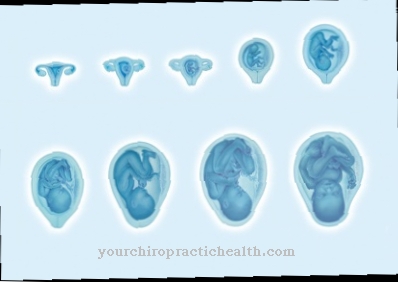




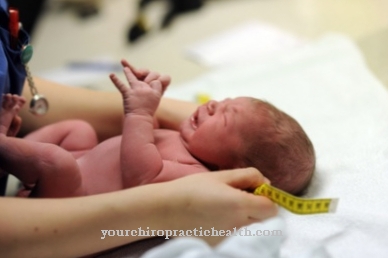

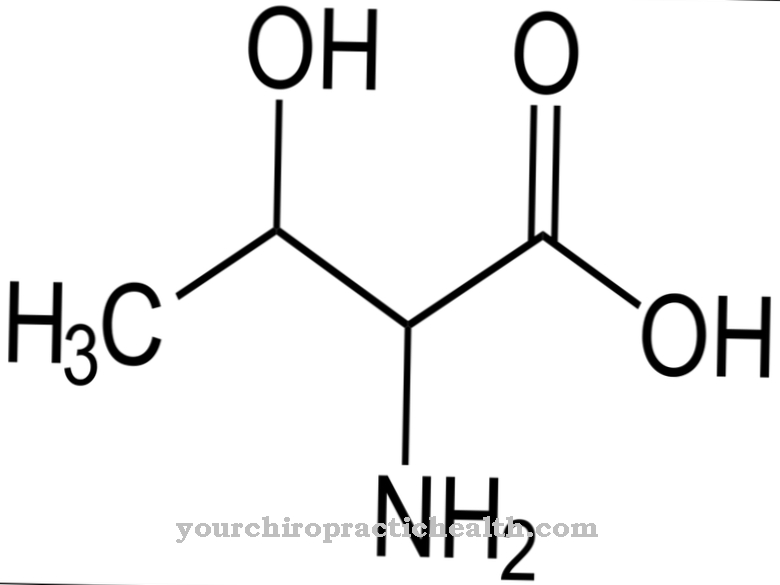
.jpg)


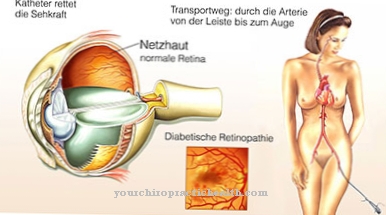






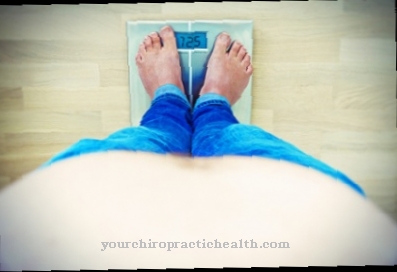
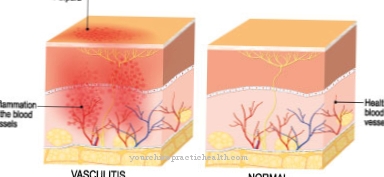

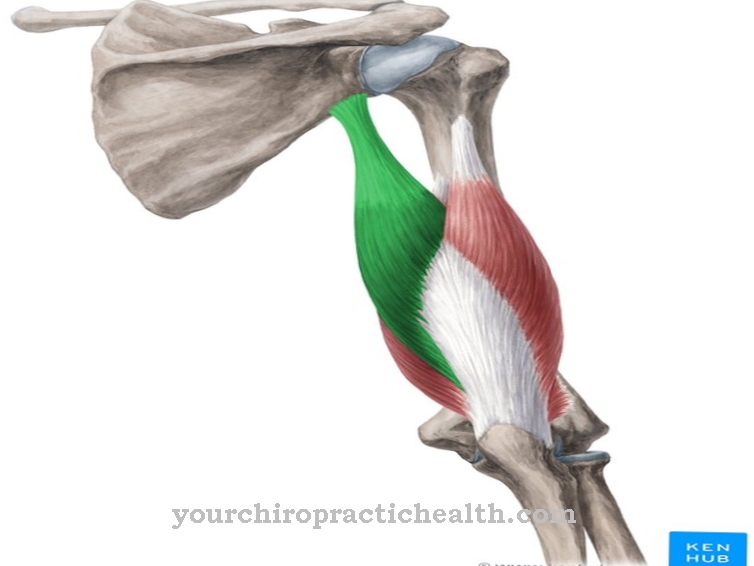
.jpg)

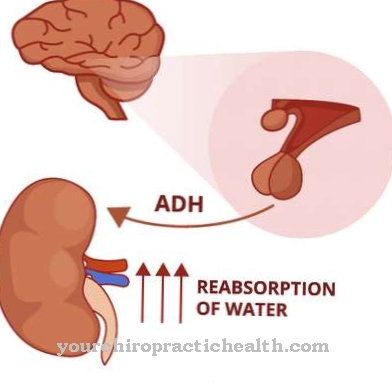

.jpg)
